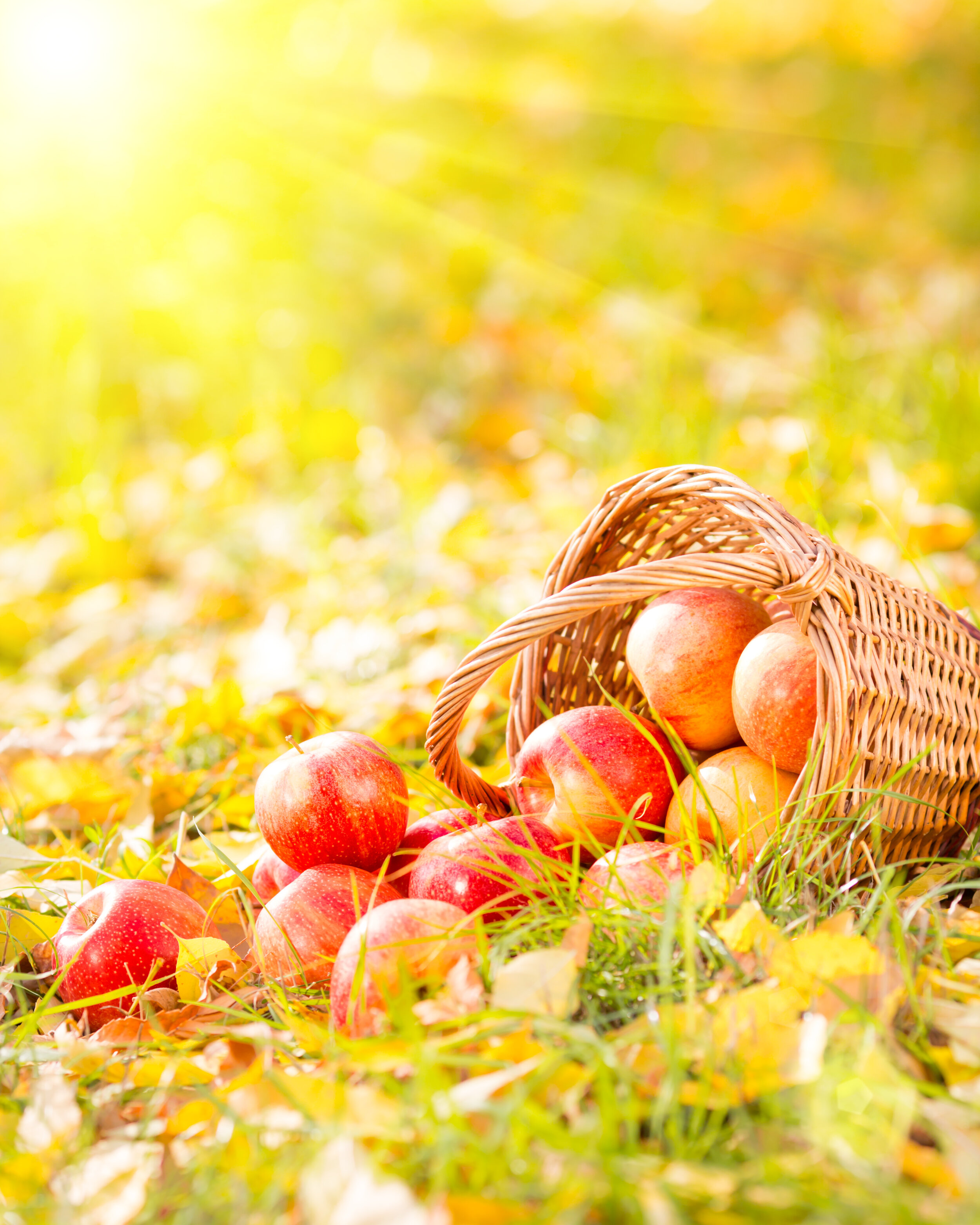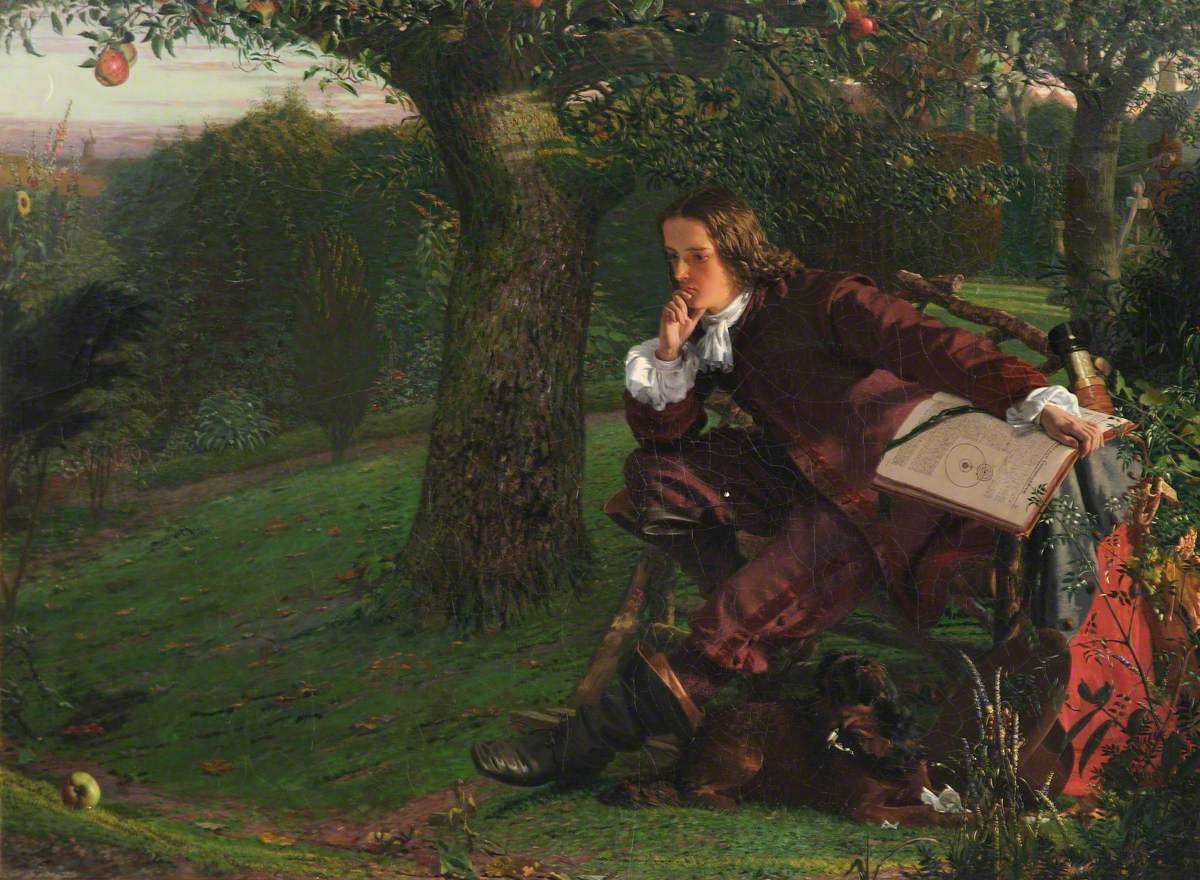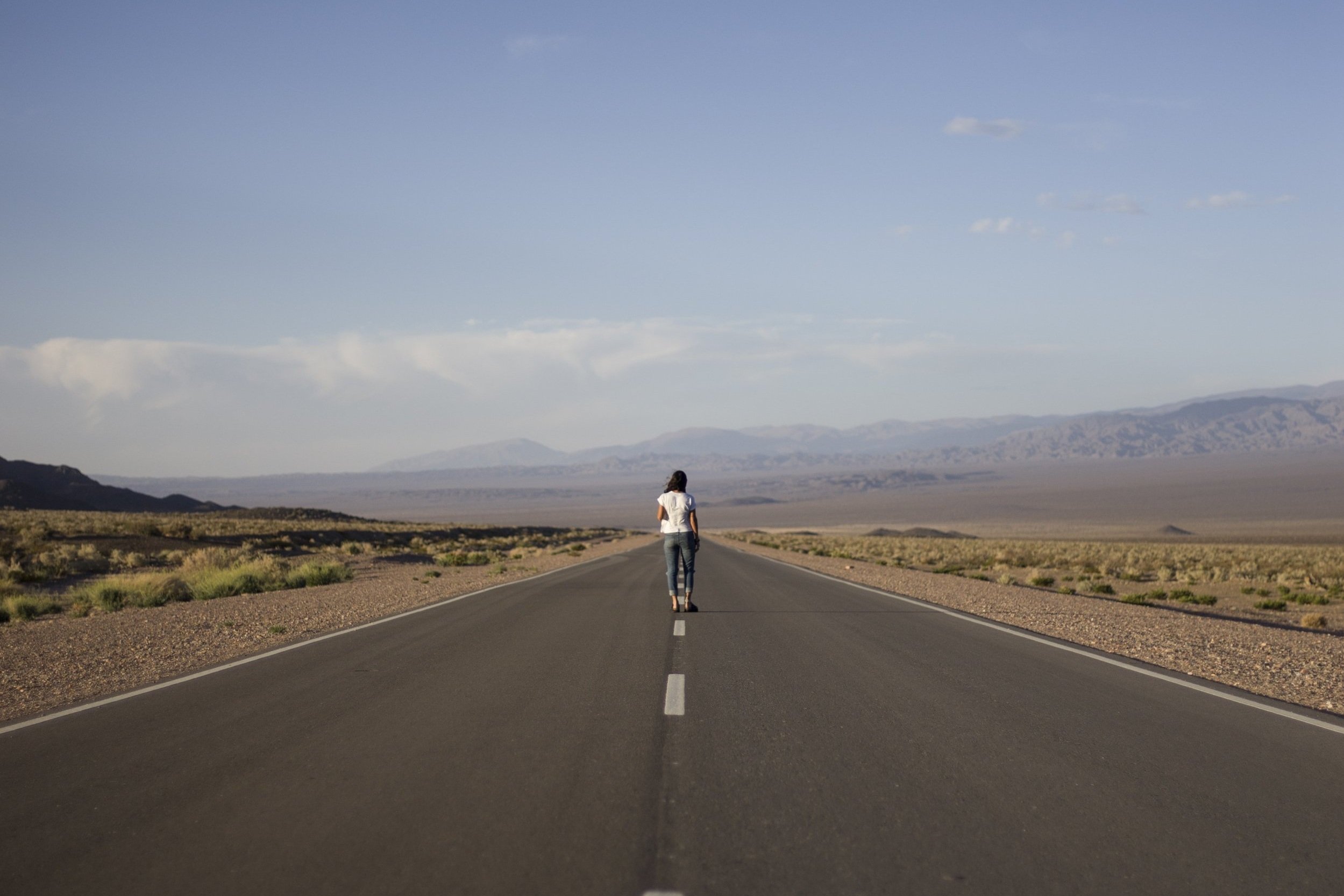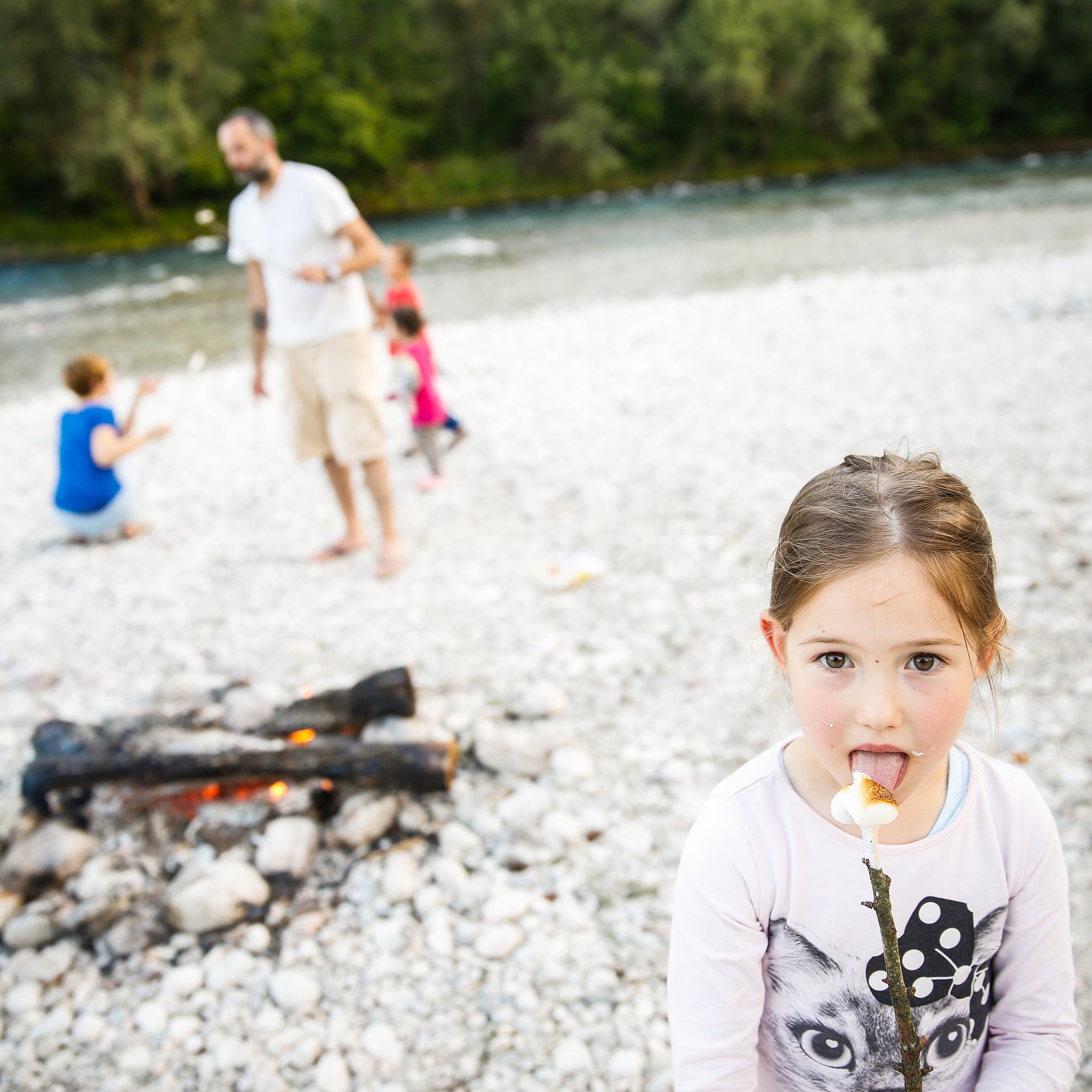Bite Into a Unit Study on Apples This Fall
October is National Apple Month, which makes now the perfect time to take a bite out of the history of the fruit that started the Trojan war, bestowed immortality on the Norse gods, and featured in works by artists from Emily Dickinson to Magritte.

Some sources say that apples originated more than 4,000 years ago in the Middle East in an area called the Caucasus, which is at the border of Europe and Asia, situated between the Black and Caspian Seas, but according to Cornell University’s Albert R. Mann Library, a native apple of Kazakhstan, called Malus sieversii, is the ancestor of today’s apples.
Contrary to popular belief (and artistic renditions by Durer and Titian), the apple probably isn’t the fruit that got Adam and Eve kicked out of the Garden of Eden in the Book of Genesis. (Modern scholars blame the pomegranate; Michelangelo’s Sistine Chapel points the finger at figs.) The text refers only to “fruit” on the forbidden tree. Apples may have gotten pulled into the mess because of an unfortunate translation error: malus in Latin can mean “apple” or “evil.”
Apples are heterozygous, which means that if you plant an appleseed, the tree that grows won’t have anything in common with the tree that produced it. In evolutionary terms, this is great — it means that apples are endlessly adaptable and diverse, and it helps explain how a few apple trees brought to the New World could turn into apples grown in every state in the United States. In terms of consistent flavor, however, this potential for variation can leave you with apples “sour enough to set a squirrel’s teeth on edge and make a jay scream,” as Thoreau famously said. The only way to ensure consistent apples is by grafting — attaching your preferred apple cultivar to a stock plant so that the vascular cambium tissues of the plants grow together.
John Chapman, of Leominster, Mass., earned the nickname Johnny Appleseed by collecting apple seeds from Pennsylvania cider mills and using them to set up apple nurseries among the settlers in Indiana, Ohio, and Illinois. Unfortunately — or fortunately, depending on how you look at it — Chapman’s seed-grown apples were mostly only good for making an alcoholic version of apple cider, which is why so many of the orchards he started were burned down during the Prohibition movement.
Of course, the apple may actually end up living up to its tawdry reputation as the fruit of knowledge of good and evil: Bio-artist Joe Davis, part of George Church’s Harvard Medical School lab, is working on a project that would incorporate Wikipedia into the apple genome. He’s using a 4,000-year-old variety of M. sieversii, the world’s oldest apple, to test the theory that binary code based on the four nucleotide bases of DNA will allow information to be stored in DNA. It would take an entire orchard to store all of Wikipedia and eating the apple wouldn’t make you smarter, but it’s still a pretty nifty project.
Covid cases are spiking, and lots of secular homeschool families are still navigating social activities with extra caution. Having clear policies for homeschool co-ops and get-togethers can help all the folks in your community make the best choices for their families.
Don’t dread higher math! Get inspired with these resources that will give you confidence and ideas for middle and high school math in your secular homeschool.
Looking for a middle grades fantasy for your next homeschool readaloud? We review three of our newer faves: The Time of Green Magic, Amari and the Night Brothers, and The Language of Ghosts.
Three action-packed YA novels that might just scratch your homeschool reading sweet spot.
Celebrate the birthday of the renowned physicist, mathematician, astronomer, natural philosopher, alchemist, and theologian on January 4 with an Isaac Newton homeschool unit study.
Need a new series for winter readaloud season? We have a few ideas.
In this funny, old-fashioned story, two Dalmatian parents set off to rescue their kidnapped puppies. It's so much more fun than the movie!
A wintry middle grades mystery that may remind you a little of The Westing Game.
Rebecca loves the nerdy grammar fun of Michael Clay Thompson’s Language Arts. It may not be for everyone, but it’s definitely for word lovers.
Celebrate the shortest day of the year by exploring the science of the seasons.
If you’ve got a reader who’s always ready for an excuse to hang with the gang from River Heights, one of these gifts might be a fun addition to your holiday wish list.
In this sweet winter story, a friendly troll reminds a farm full of creatures that spring is coming.
Our homeschool gift guide for A Wrinkle in Time readers features gifts inspired by classic literature, from t-shirts to kitchen tools and everything in-between.
Homemade gifts you can actually make with your kids that your friends will actually be happy to get.
What makes a great gift for your favorite Mysterious Benedict Society fan? Puzzling puzzles, in-case-of-emergency-supplies, and — of course — books.
Our favorite homeschool books from this year’s reading lists.
Here’s our annual roundup of all the books we want to give and get this holiday season.
Thanksgiving gets weird when a butcher mishap leads a kid to a 266-pound chicken.
Be a magical librarian, choose your own adventure, get your Shakespeare on, and more games we want to give and get and (mostly) play this holiday season. These are our favorite homeschool board games.
If you’ve got a kid who finds the humor in this hilarious apocalyptic tale, these gifts may be just the ticket.
Why is it so easy to hate England's notorious King John? Oh, let us count the ways in this trash-talking unit study.
“A Community Conversation to Understand the U.S. Constitution” was a profound and powerful experience for Carrie’s homeschool.
Book or movie? With so many Christie adaptations and books to choose from, we’ve rounded up the cinematic cream of the crop and the stories that give the most mystery mileage.
It’s the end of the world as we know it — and sometimes that’s not as bad as it seems. These 10 books about the end of the world are great for starting big conversations with your high school homeschooler.
If you’re looking for a twisty turner teen thriller, these recent YA books about teens in dangerous situations may be just what you’re looking for.
It's that time again! We've rounded up some great ways to celebrate your first day of the new homeschool year, whether you want to keep it simple at home or take a big adventure together.
Modern Gothic, hopeful speculative YA, classic kids lit mash-up, and one of my favorite new book discoveries made May an awesome reading month.
Nature time is one of the best parts of homeschooling — and a weekend camping trip is the ultimate homeschool nature adventure. Here’s how to make your homeschool camping trip a fun experience for the whole family.
A book with a homeschooling scientist as the main character and lots of cool geology facts? We love to see it.
If you have a kid who dreams of starting a business, these readalouds will help inspire them.
Shelli Bond Pabis is home / school / life magazine’s senior editor. She writes about her family’s homeschooling journey at www.mamaofletters.com.
































SHELLI BOND PABIS is home | school | life magazine’s senior editor. She writes about her family’s homeschooling journey at www.mamaofletters.com.